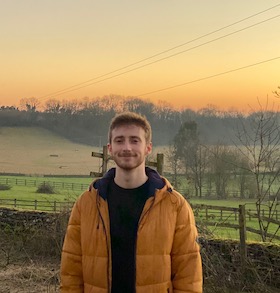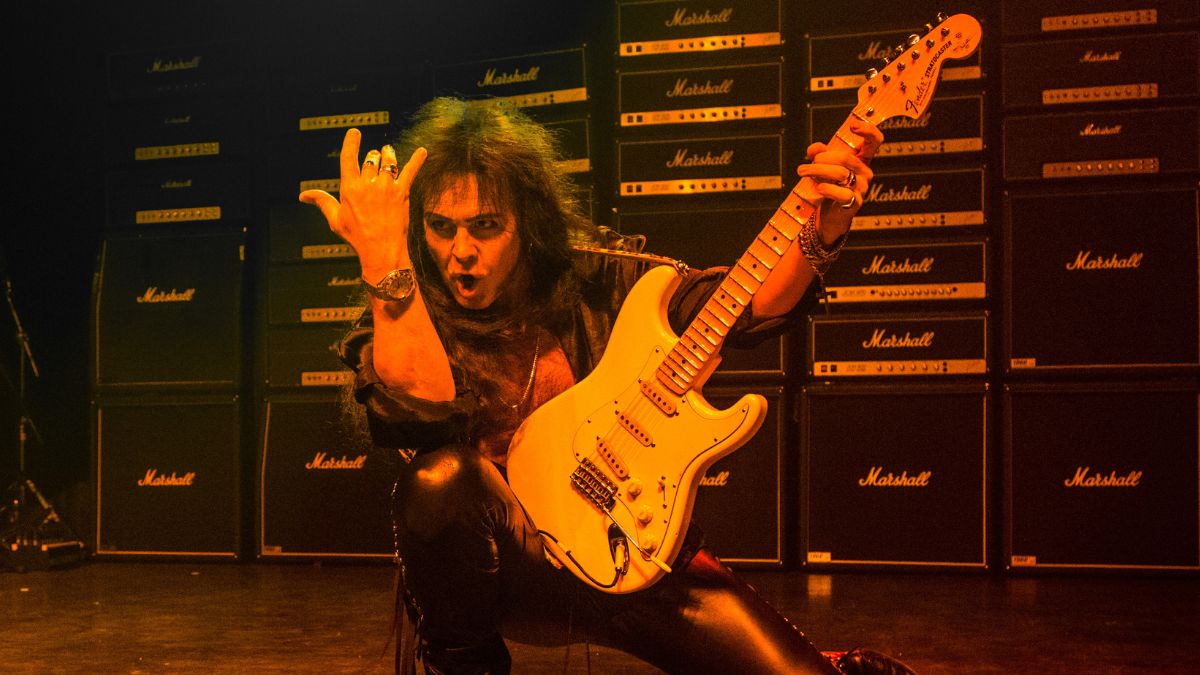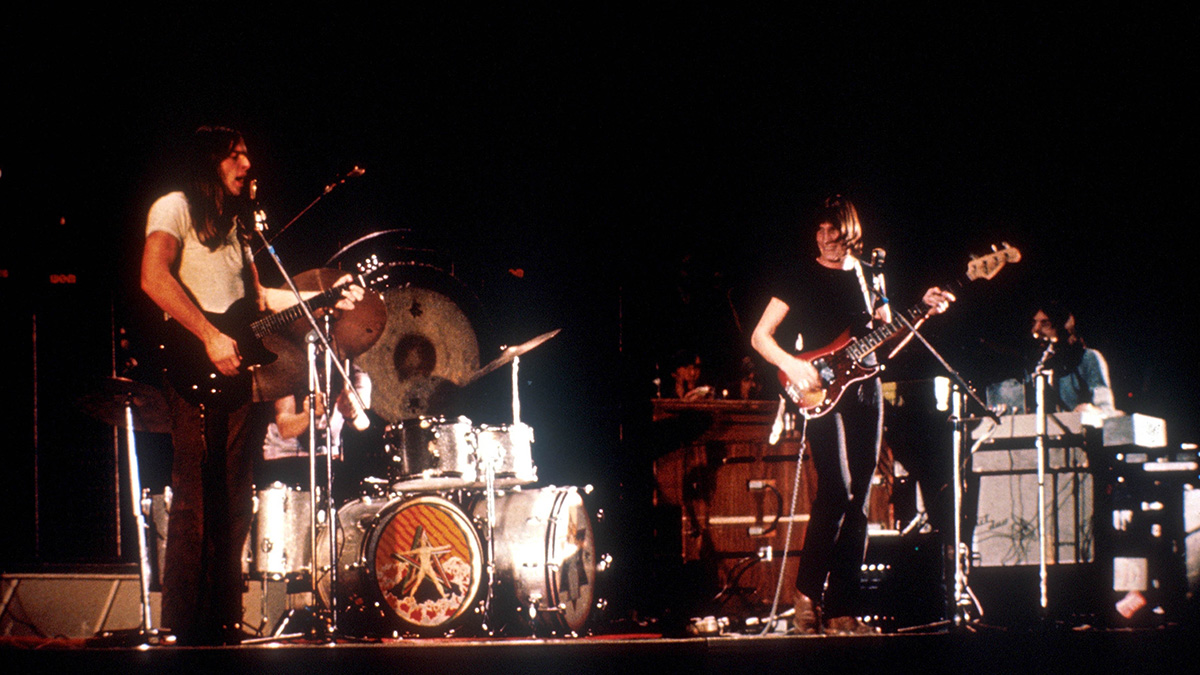“It was Michael Jackson, Quincy Jones, and the engineer. Quincy said, ‘Go in there, and do what you want’”: Steve Stevens on following in Eddie Van Halen’s footsteps to record the ‘spiritual successor’ to Beat It
When Jackson and Jones sought to revisit the sound they experimented with on Beat It, they turned to the Billy Idol guitarist for a hard rock edge

In 1988, Michael Jackson once again tapped into his heavier rock side and released Dirty Diana – the so-called ‘spiritual successor’ to Beat It, which had been pieced together six years prior with the help of a now-legendary guitar solo from Eddie Van Halen.
Working once more with long-time collaborator Quincy Jones for the occasion, Jackson sought to recruit another guitar talent who could follow Van Halen’s lead and provide the appropriate guitar goodness that Dirty Diana required.
The pair eventually landed on Billy Idol guitarist Steve Stevens, who was recommended for the project by producer Ted Templeman. It was a daunting prospect, to say the least.
Not only was he following Eddie Van Halen's lead, Stevens was also being asked to turn in a sequel for one of the greatest guitar solos ever.
In an upcoming interview with Guitar World, Stevens looks back on his experiences of recording Dirty Diana – and reveals the feedback he got from the King of Pop himself.
“I had never done a session outside of Billy Idol. With Billy, it was always myself, Billy, a producer, and an engineer. It was a very small group of people,” Stevens remembers. “When I flew to LA to do the Michael Jackson thing, I was thinking, ‘There’s going to be this huge entourage and all this crazy shit.”
However, when he rocked up to the session, Stevens found it was unlike anything he imagined. In fact, it all felt rather familiar.
Get The Pick Newsletter
All the latest guitar news, interviews, lessons, reviews, deals and more, direct to your inbox!
“I opened the studio door, and it was exactly like doing an Idol session,” he goes on. “It was Michael, Quincy, and the engineer. So, no big egos, no entourage, none of that stuff. And what was cool is we got what they had in mind, the melody and the rhythm stuff, and then Quincy said, ‘You go in there, and do what you want.’”
Such laissez-faire direction – and the absence of a prompt to recreate the spirit of Van Halen’s iconic Beat It solo – proved to be highly effective in letting Stevens produce the Dirty Diana leads.
The interaction resulted in one of the guitar highlights in Jackson’s catalog – and, judging by Jackson’s feedback, a true spiritual partner to Beat It.
“One of the funny things was after I had done the solo, I came into the studio, and Michael says to me, ‘Hey, I really like the high notes.’ I go, ‘Okay, cool,’” Stevens says.
“And then, when I met Eddie [Van Halen], I said, ‘Oh, I just worked with Michael. I did the follow-up album for Thriller.’ He goes, ‘Hey, man, did he say he liked the high notes?’”
The full interview with Steve Stevens will be published on GuitarWorld.com in the coming weeks.

Matt is the GuitarWorld.com News Editor. He has a Masters in the guitar, a degree in history, and has spent the last 16 years playing everything from blues and jazz to indie and pop. When he’s not combining his passion for writing and music during his day job, Matt records for a number of UK-based bands and songwriters as a session musician.
“I heard the Money solo and thought, ‘This is amazing!’ So I sent David a telegram saying, ‘Remember me? I'm in a band now called Roxy Music’”: Phil Manzanera on his friendship with David Gilmour, and the key to the Pink Floyd man's unmistakable tone
“It’s really quite genius, but also hard to learn – it sounds insane, but sometimes the easiest songs still get me nervous”: Kiki Wong reveals the Smashing Pumpkins song she had the most trouble with










